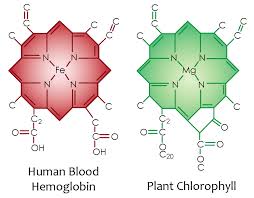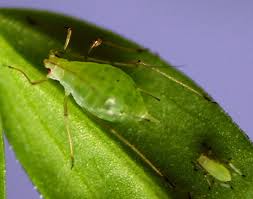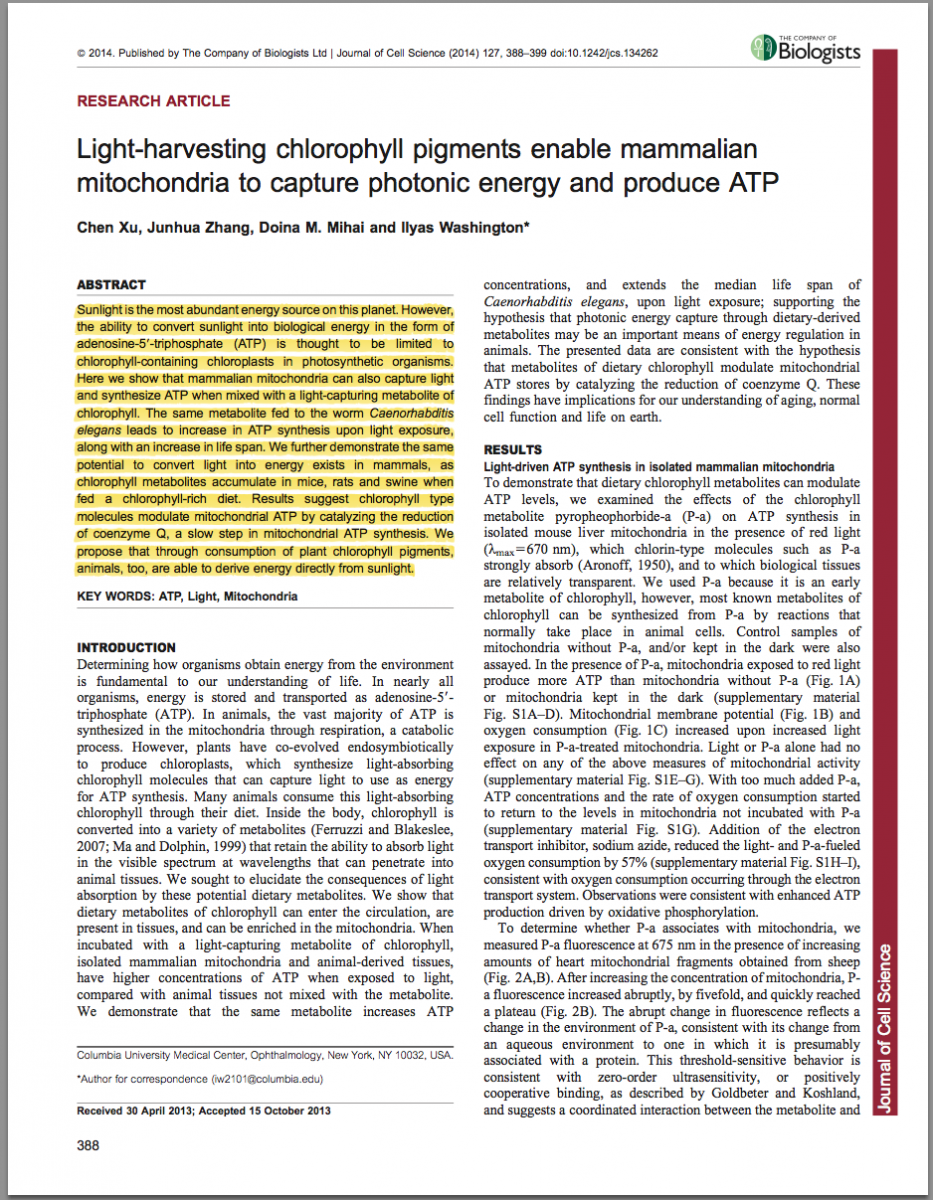Though research on migraines has come a long way, the reason why some people are much more prone to them is largely still a mystery. Physicians will often try to find the cause of recurrent migraine attacks by evaluating patients for other underlying medical conditions, food intolerances and sleep problems.
New research suggests doctors may want to consider screening for something even more simple: vitamin deficiencies. Recent work presented June 10 at the 58th Annual Scientific Meeting of the American Headache Society in San Diego finds that certain vitamin supplements could potentially help stop the occurrence of frequent migraines.
In a study on children, teens and young adults, the researchers found migraineurs (people who suffer from frequent migraine headaches) were much more likely to have mildly lower levels of vitamin D, riboflavin (B-2) and coenzyme Q10 (a naturally occurring, vitamin-like enzyme made by the body). All of these vitamins are needed for the mitochondria, the energy production centers of our cells, to function properly. “Deficient function, possibly through vitamin deficiency or over-utilization of vitamins, may put the migraineur at increased risk of energy deficiency,” says Dr. Andrew Hershey, director of the Migraine Center at the Cincinnati Children’s Hospital Medical Center and one of the researchers working on the project.
For the study, researchers at Cincinnati Children’s looked at existing data on 7,691 young patients who were migraine sufferers and their records of blood tests for baseline levels of vitamin D, riboflavin, coenzyme Q10 and folate. Of the study participants, 15 percent were found to have riboflavin levels below the standard reference range. A significant number of patients—30 percent—had coenzyme Q10 levels at the low end of the standard reference range. Significantly lower vitamin D was seen in nearly 70 percent of the patients.
The researchers also found that patients with chronic migraines were more likely to have coenzyme Q10 deficiencies than patients who had episodic migraines. Girls and young women were more likely than boys and young men to have coenzyme Q10 deficiencies at baseline. Boys and young men were more likely to have vitamin D deficiency, but the reasons behind these trends need further investigation. It is important to note that both Q10 and D3 can be created in the body by exposure to the sun.
Sunlight is the most abundant energy source on this planet. However, the ability to convert sunlight into biological energy in the form of adenosine-5′-triphosphate (ATP) is thought to be limited to chlorophyll-containing chloroplasts in photosynthetic organisms. Here we show that mammalian mitochondria can also capture light and synthesize ATP when mixed with a light-capturing metabolite of chlorophyll. The same metabolite fed to the worm Caenorhabditis elegans leads to increase in ATP synthesis upon light exposure, along with an increase in life span. We further demonstrate the same potential to convert light into energy exists in mammals, as chlorophyll metabolites accumulate in mice, rats and swine when fed a chlorophyll-rich diet. Results suggest chlorophyll type molecules modulate mitochondrial ATP by catalyzing the reduction of coenzyme Q, a slow step in mitochondrial ATP synthesis. We propose that through consumption of plant chlorophyll pigments, animals, too, are able to derive energy directly from sunlight
From here PUBMED

What if conventional wisdom regarding our most fundamental energy requirements has been wrong all along and we can directly harness the energy of the Sun when we consume ‘plant blood’?
Plants are amazing, aren’t they? They have no need to roam about hunting other creatures for food, because they figured out a way to capture the energy of the Sun directly through these little light-harvesting molecules known as chlorophyll; a molecule, incidentally, which bears uncanny resemblance to human blood because it is structurally identical to hemoglobin, other than it has a magnesium atom at its core and not iron as in red blooded animals.
The energy autonomy of plants makes them, of course, relatively peaceful and low maintenance when compared to animal life, the latter of which is always busying itself with acquiring its next meal, sometimes through violent and sometimes through more passive means. In fact, so different are these two classes of creatures that the first, plants, are known as autotrophs, i.e. they produce their own food, and the animals are heterotrophs, i.e. they depend on other creatures for food.
While generally these two zoological classifications are considered non-overlapping, important exceptions have been acknowledged. For instance, photoheterotrophs — a sort of hybrid between the autotroph and heterotroph — can use light for energy, but cannot use carbon dioxide like plants do as their sole carbon source, i.e. they have to ‘eat’ other things. Some classical examples of photoheterotrophs include green and purple non-sulfur bacteria, heliobacteria, and here’s where it gets interesting, a special kind of aphid that borrowed genes from fungi[1] to produce it’s own plant-like carotenoids which it uses to harness light energy to supplement its energy needs!
To learn more about this amazing creature read the study published in 2012 in Scientific Reports titled, “Light- induced electron transfer and ATP synthesis in a carotene synthesizing insect.”
A green carotenoid tinted aphid that is capable of capturing sunlight to produce energy. Interesting right? But we need not look for exotic bacteria or insects for examples of photoheterotrophy. It turns out that animals, including worms, rodents and pigs (one of the closest animals to humans physiologically), have recently been found to be capable of taking up chlorophyll metabolites into their mitochondria, enabling them to use sunlight energy to ‘super-charge’ the rate (up to 35% faster) and quantity (up to 16-fold increases) of ATP produced within their mitochondria. In other words, a good portion of the animal kingdom is capable of ‘feeding off of light,’ and should be reclassified as photoheterotrophic!
The truly groundbreaking discovery referred to above was published last year in the Journal of Cell Science in a study titled, “Light-harvesting chlorophyll pigments enable mammalian mitochondria to capture photonic energy and produce ATP“, [contact me for the full version: sayerji@greenmedinfo.com] which I reported on recently, and which completely overturns the classical definition of animals and humans as solely heterotrophic.
Animals are Not Just Glucose-Burning Biomachines, But Are Light-Harvesting Hybrids
For at least half a century it has been widely believed among the scientific community that humans are simply glucose-dependent biomachines that can not utilize the virtually limitless source of energy available through sunlight to supplement our energy needs. And yet, wouldn’t it make sense that within the extremely intelligent and infinitely complex design of life, a way to utilize such an obviously abundant energy source as sunlight would have been evolved, even if only for the clear survival advantage it confers and not some ethical imperative (which is a possibility worth considering … vegans/Jainists, are you listening?).
As the philosopher of science Karl Popper stated, a theory can only be called scientific if it is falsifiable. And indeed, the scientific theory that humans are solely heterotrophic has just been overturned in light of empirical evidence demonstrating that mammals can extract energy directly from sunlight.
Deeper Implications of the New Study
First, let’s start by reading the study abstract, as it succinctly summarizes what may be of the most amazing discoveries of our time:
Sunlight is the most abundant energy source on this planet. However, the ability to convert sunlight into biological energy in the form of adenosine-59-triphosphate (ATP) is thought to be limited to chlorophyll-containing chloroplasts in photosynthetic organisms. Here we show that mammalian mitochondria can also capture light and synthesize ATP when mixed with a light-capturing metabolite of chlorophyll. The same metabolite fed to the worm Caenorhabditis elegans [roundworm] leads to increase in ATP synthesis upon light exposure, along with an increase in life span. We further demonstrate the same potential to convert light into energy exists in mammals, as chlorophyll metabolites accumulate in mice, rats and swine when fed a chlorophyll-rich diet. Results suggest chlorophyll type molecules modulate mitochondrial ATP by catalyzing the reduction of coenzyme Q, a slow step in mitochondrial ATP synthesis. We propose that through consumption of plant chlorophyll pigments, animals, too, are able to derive energy directly from sunlight.”
And so, to review, the new study found that animal life (including us, mammals) are capable of borrowing the light-harvesting capabilities of ‘plant blood,’ i.e. chlorophyll and its metabolites, and utilize it to photo-energize mitochondrial ATP production. This not only helps to improve energy output, but the research found several other important things:
- Despite the increased output, the expected increase in Reactive Oxygen Species (ROS) that normally attends increased mitochondrial function was not observed; in fact, a slight decrease was observed. This is a highly significant finding, because simply increasing mitochondrial activity and ATP output, while good from the perspective of energy, may accelerate aging and other oxidative stress (ROS) related adverse cellular and physiological effects. Chlorophyll, therefore, appeared to make animal mitochondria function in a healthier way.
- In support of the above finding, worms administered an optimal range of chlorophyll were found to have significant extended life span. This is in accordance with well-known mechanisms linked to improved mitochondria function (in the absence of increased ROS) that increases cell longevity.
The last point in the abstract above is especially interesting to me. As a fan of coenzyme q10 supplementation for sometime, I have noticed profound differences qualitatively between ubiquinone (the oxidized form) and ubiquinol (the reduced, electron rich form), the latter of which has lead me to experience far greater states of energy and well-being than the former, even at far lower quantities (the molecular weight of a USP isolate does not reveal its bioavailability nor biological activity). The study, however, indicates that one may not need to take supplemental coenzyme Q10, even in its reduced form as ubiquinol, because chlorophyll-mediated sunlight capture and subsequent photo-energization of the electron transport chain will naturally ‘reduce’ (i.e. donate electrons) ubiquinone converting it into ubiquinol, which will result in increased ATP production and efficiency. This may also explain how they observed no increase in ROS (reactive oxygen species) while increasing ATP production: coenzyme q10 in reduced form as ubiquinol is a potent antioxidant, capable of donating an electron to quench/neutralize free radicals. This would be a biological win-win: increased oxidative phosphyloration-mediated energy output without increased oxidative damage.
From here: GreenMedInfo
And of course see more at Nutrition Facts
Hershey says the study adds to an ongoing observation that a significant number of people with migraines have lower levels of these vitamins. However, this trend is not seen in all patients across the board.
It’s been suggested for some time that vitamins play a role in this painful and debilitating chronic condition, but research on the topic is inconsistent. For example, a 2014 analysis in BioMed Research International of seven previously published papers on migraines and vitamin D deficiency suggested there isn’t enough evidence to back the claim that lower levels of the vitamin could make a person more prone to migraines. The researchers of that study found vitamin D deficiency in 13.2 to 14.8 percent of migraine patients. These rates didn’t differ widely from the general population.
Even though evidence is limited, the nutraceutical industry has picked up on the potential for vitamins to alleviate and control migraines. A number of over-the-counter supplement cocktails are currently marketed to migraine sufferers. These typically combine the vitamins identified in this study, as well as magnesium, an organic mineral that when deficient has also been found to increase risk for chronic migraines. One study published in May in International Clinical Psychopharmacology found the odds of acute migraine headaches increased 35.3 times in patients who were identified as magnesium deficient. However, Hershey questions the use of magnesium supplements for treating migraines because he says only about 1 percent is absorbed by the body, and it is also difficult to measure in the blood.
In general, taking these vitamin supplements at recommended doses probably can’t hurt, but much more research is needed to determine whether vitamins alone could help stop migraines. One challenge researchers face is that vitamin supplements are often an intervention used in addition to medications and other experimental therapies. It’s therefore difficult to determine whether improvements in the condition can be explained for reasons other than supplement use


